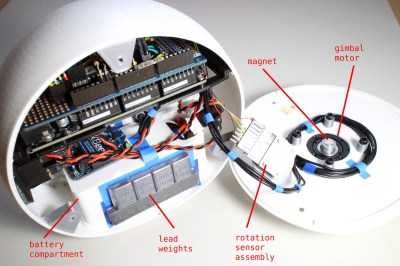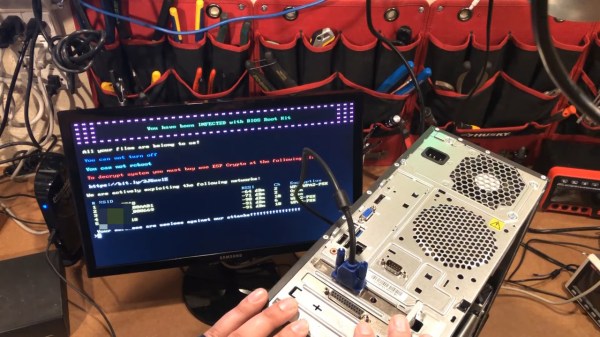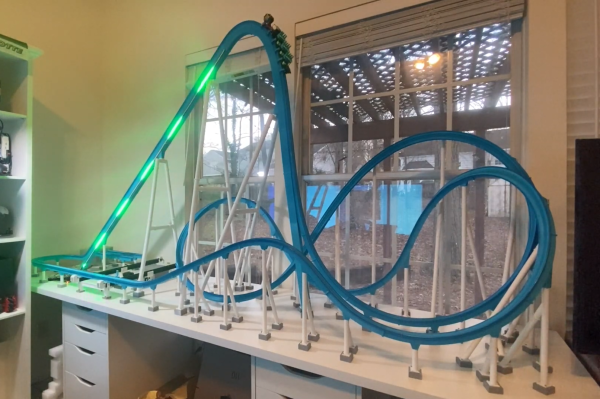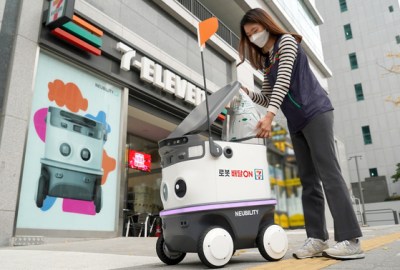You know how when you’re working on a project, other side quests pop up left and right? You can choose to handle them briefly and summarily, or you can dive into them as projects in their own right. Well, Uri Shaked is the author of Wokwi, an online Arduino simulator that allows you to test our your code on emulated hardware. (It’s very, very cool.) Back in the day, Arduino meant AVR, and he put in some awesome effort on reverse engineering that chip in order to emulate it successfully. But then “Arduino” means so much more than just AVR these days, so Uri had to tackle the STM32 ARM chips and even the recent RP2040.
Arduino runs on the ESP32, too, so Uri put on his reverse engineering hat (literally) and took aim at that chip as well. But the ESP32 is a ton more complicated than any of these other microcontrollers, being based not only on the slightly niche Xtensa chip, but also having onboard WiFi and its associated binary firmware. Reverse engineering the ESP32’s WiFi is the side-quest that Uri embarks on, totally crushes, and documents for us in this standout Remoticon 2021 talk. Continue reading “Remoticon 2021: Uri Shaked Reverses The ESP32 WiFi”


















